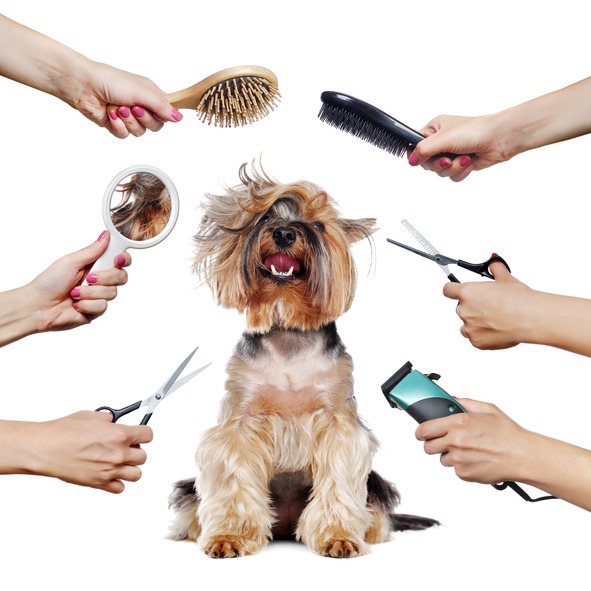Dogs love to run around and play at the dog park. Your dog will get exercise, participate in some social interaction, and make new buddies when you take them to the park. However, they also pose a threat to your dog’s health. How, then, do you keep your dog from only having a great time at the dog park? The following advice will help you prepare for your trip to the dog park.
Dog Park Safety Tips
Dog parks can also be good for dog owners. But before taking your pup to the dog park, ensure you know how to secure them from common dangers. Below is some advice to guarantee your dog is protected at the park.
1. Observe the Park
Drop by a park alone and observe the surroundings before bringing your dog there. Check out how the park is constructed and kept. Poorly kept public dog parks might have problems, including damaged fences or gates, overcrowding from dogs of various types, a lack of shade, or uneven ground inside the fence. Your dog must not be exposed to these risks.
2. Update Vaccinations
Contagious diseases carried by other dogs are a huge problem at dog parks. Keep your pet’s vaccinations updated because other dogs at the park might carry kennel cough, parvovirus, or canine influenza. Aside from these diseases, dogs can also spread parasites like fleas and ticks. Consult your vet about preventative ways to avoid bringing these parasites into your home.
3. Keep Your Pet Healthy
When your pet isn’t feeling well, they are more likely to act out of character. Therefore, vet appointments are a must if they often socialize with animals. Potentially bothersome problems, such as mites, skin allergies or rashes, and joint problems, can be discovered during a comprehensive exam, which can help ease your dog’s discomfort at the dog park.
Pets with dental issues might display irritation, so if you observe a change in your dog’s behavior, it’s time to go to a veterinarian like Smith Animal Hospital in Fort Valley. Be careful when checking your pet’s mouth because an irritated animal may bite. To avoid conditions being aggravated by remaining in the open environment, discuss any specific worries you may have with your dog’s vet ahead of time.
4. Engage in Training
The scenario can rapidly deteriorate when your dog is in a place with strangers and other dogs that they are not familiar with. The dogs are easily startled. Some kids might get too close. However, if your pet is well-trained to follow your instructions, you may easily eliminate most of these possible risk factors.
There’s always the possibility of another dog being more harsh or violent during playtime. Most dogs do not display aggressiveness, and aggressive actions usually have an underlying cause. A dog behavioral therapist qualified by the veterinary board should only handle aggression problems.
5. Supervise Your Dog
Dogs enjoy visiting the dog park. Having fun talking with other dog owners at the park is great, but remember to always focus on your pet. A playful encounter between two dogs can quickly turn violent. What seems to be a casual interaction can cause a nervous dog to respond improperly. They may unknowingly feel entrapped if there are several dogs around.
Dog socializing entails more than just letting them off the leash at the park. You can also take them to a boarding center. Before bringing your dog in for dog boarding, socializing is highly suggested as it is one of the things you can do for them. The ultimate objective is to have a happy, confident dog. Consult your vet for more details about pet boarding.





